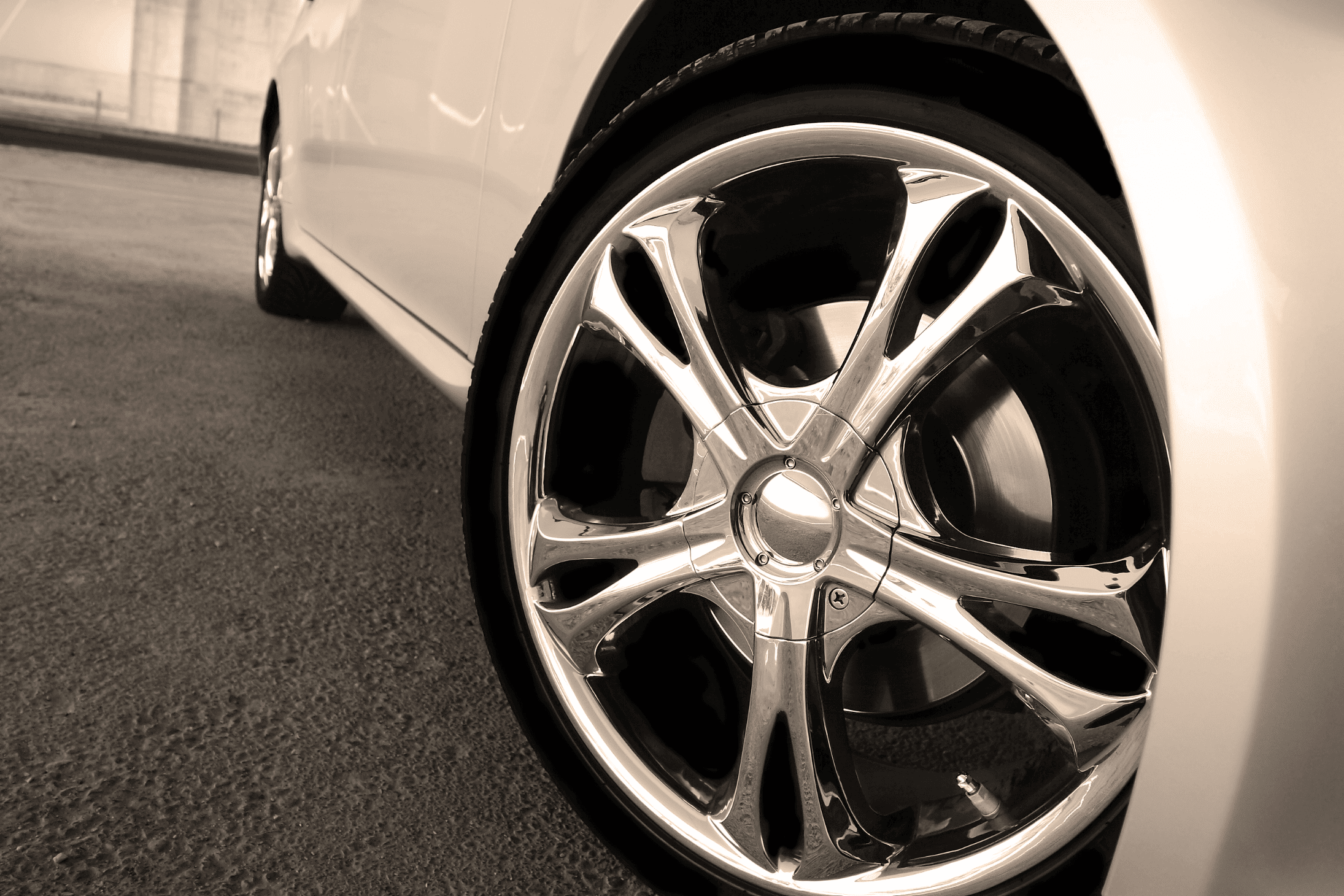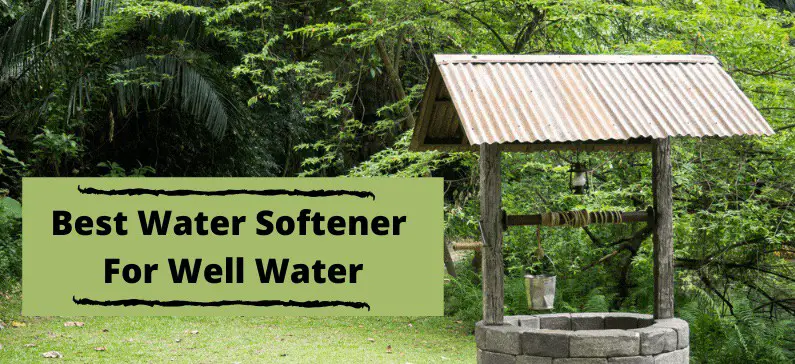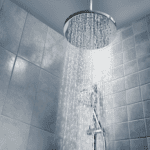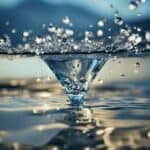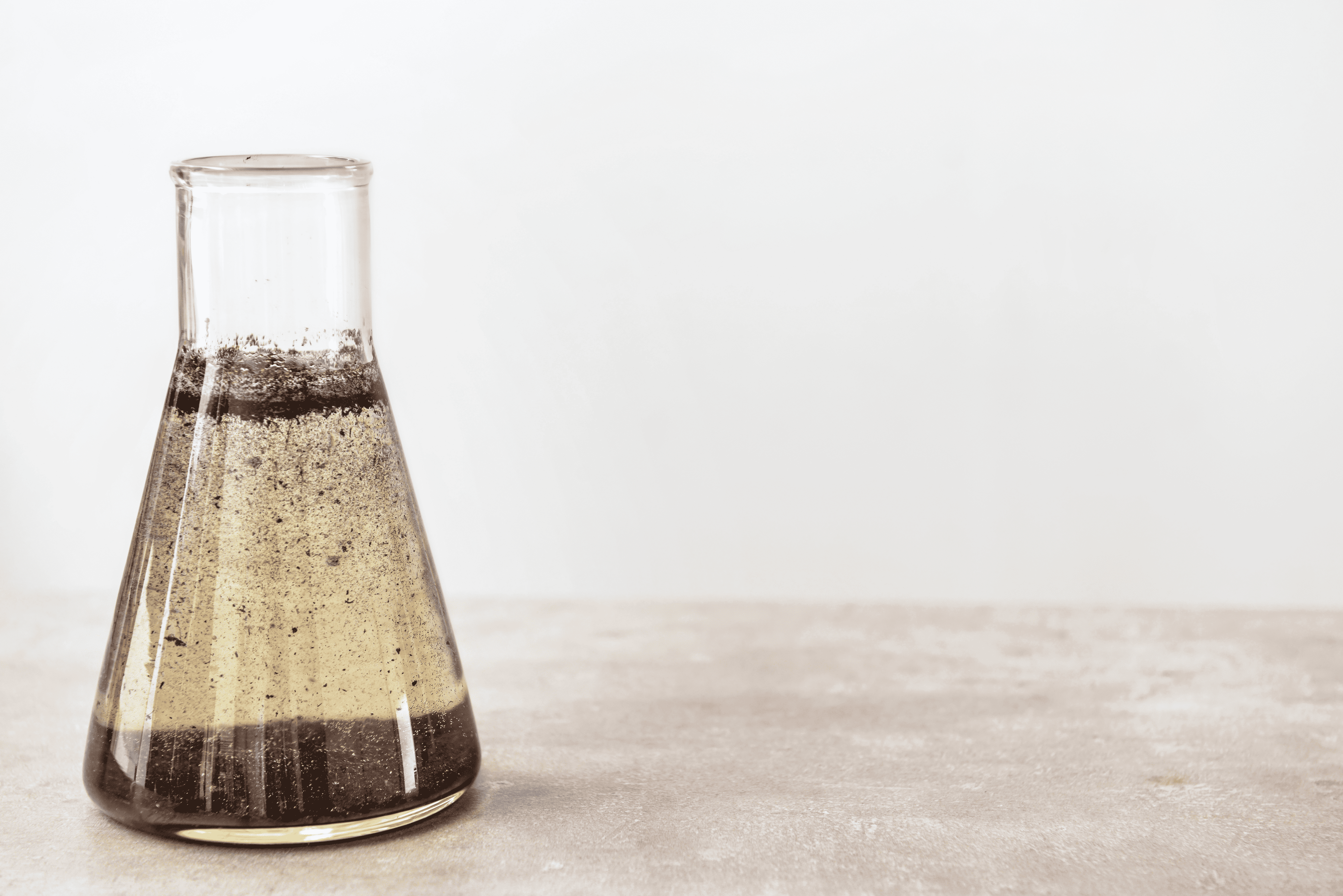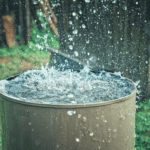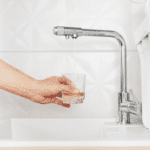Water spots on a car’s paint are a common issue for vehicle owners. Often formed by minerals in the water that remain after the liquid evaporates, these spots can mar the aesthetic appeal of a car’s finish. The time it takes for water spots to damage car paint can vary. Factors like the quality of the paint, the type of minerals in the water, and environmental conditions play significant roles.

Immediate attention to water spots is crucial. If left untreated, minerals like calcium and magnesium can etch into the paint’s surface, potentially causing permanent damage. In most cases, the damage becomes evident within a few days to a week, particularly in hot, sunny climates where evaporation rates are high. Learning about and applying the proper techniques for removing water spots can help prevent long-term damage, while incorporating preventative strategies into regular car maintenance can minimize the risk of water spots forming in the first place.
Key Takeaways
- Water spots can cause permanent paint damage if not addressed promptly.
- The time frame for damage can range from days to a week, influenced by environmental factors.
- Effective removal techniques and preventive care are essential for protecting car paint.
Understanding Water Spots on Car Paint

When we talk about water spots, we’re referring to the mineral deposits left behind after water evaporates off the surface of our cars. These spots primarily consist of minerals like calcium and other elements found in hard water. Rain, especially acid rain, and water from sprinklers can both contribute to the problem.
- Origin of Water Spots:
- Rainwater: Brings elements from the environment that can deposit on the paint.
- Sprinkler Water: Often has a high mineral content that can cause hard water spots.
- Acid Rain: Contains higher acidity that can etch into the car paint over time.
Mineral deposits occur when this contaminated water evaporates, leaving the minerals to bond with the car paint. Over time, these mineral deposits can etch into the paintwork due to the slightly corrosive nature of some minerals, particularly after exposure to the sun.
It’s important to distinguish between different types of water spots:
- Type I: Regular Water Spots – These can generally be wiped away easily.
- Type II: Bonded Mineral Deposits – These require more effort to remove and may need a clay bar treatment.
- Type III: Etched Water Spots – These have started to damage the paint and may require polishing or more intensive correction.
Prompt action is our best defense against water spots. The longer the minerals sit on the car’s surface, the more likely they are to bond and etch into the paint, potentially causing lasting damage. Regular washing and drying can prevent water spots from forming, while immediate removal can protect our car’s finish.
Immediate and Long-Term Damage Potential

Water spots on car paint can lead to serious damage over time. Understanding the risks and taking prompt action can prevent permanent harm.
Chemical Etching and Paint Deterioration
When water evaporates, minerals like calcium carbonate are left behind, forming hard water spots that can etch into the clear coat and paint. Chemical etching occurs when these contaminants penetrate the surface and corrode the paint, leading to a deterioration that may require a compound to remove.
Impact of Environmental Factors on Severity
Environmental factors such as UV rays and high temperatures can accelerate the damage caused by water spots. For instance, UV rays can worsen the etching effect, while the heat intensifies the concentration of minerals and metals in the water, increasing the potential for damage.
Role of Car Paint Quality and Maintenance
The quality of the car paint and ongoing maintenance play crucial roles in susceptibility to water spots. High-quality paint with a strong clear coat, regular application of wax, and sealants create a barrier that can help avert damage. Consistent washing and paint protection treatments like ceramic coatings reinforce the vehicle’s defenses.
Timeframe for Water Spot Damage to Manifest
Damage can become visible in as little as a few days under harsh conditions. Most commonly, if the water spots are allowed to bake under the sun, they can start to etch into the paint within a week. It is vital to remove debris and contaminants quickly to prevent permanent stains or rust.
Visual and Structural Consequences
Initially, water spots may appear as harmless marks. Over time, they can lead to stains, and in severe cases, cause dimples or rust in the paint. These stubborn spots not only downgrade the car’s aesthetic but can also incur costly repairs.
Preventative Measures and Protective Layers
Regular applications of car wax, sealants, and paint sealant can form a protective layer. Using a barrier such as ceramic coating provides a longer-lasting solution. These preventative measures can greatly reduce the chances of damage from hard water spots.
Identification of Water Spot Type
Identification is essential for proper treatment. Hard water spots stem from tap water‘s mineral content, causing a chalky residue. Other types like bird droppings, tree sap, and bugs are organic and acidic, requiring different methods to prevent water spots and protect the car paint.
Techniques for Removing Water Spots
To effectively remove water spots from car paint, we utilize a variety of methods ranging from household remedies to professional-grade products. This ensures a spotless finish without damaging the car’s clear coat.
Household Remedies and DIY Solutions
For a DIY approach, we recommend using a mixture of one part white vinegar to one part distilled water in a spray bottle. This vinegar mix can break down the mineral deposits that cause water spots.
- Prepare the Solution: Mix equal parts white vinegar and distilled water.
- Apply to Spots: Spray the solution onto the spots and let it sit briefly.
- Wipe Off: Use a clean microfiber cloth in a circular motion to wipe away the mixture along with the spots.
Another effective home remedy is a paste made from baking soda and water. Use a sponge to gently apply the paste in a circular motion and rinse thoroughly.
Professional Products and Tools
Professional products such as water spot removers, clay bars, compounds, and polishes offer a more robust solution:
- Spot Remover: Spray a commercial water spot remover and follow the product instructions.
- Clay Bar: Glide a clay bar over lubricated areas to remove residual deposits.
- Compound: Use a compound with a polisher or cutting pad to address deeper etchings.
- Polish: Apply car polish to restore shine and clarity to the affected area.
Step-by-Step Process for Water Spot Removal
We follow a systematic approach to ensure complete removal of water spots:
- Wash: Thoroughly wash the vehicle to remove loose contaminants.
- Apply Remedy: Choose either a household or professional product based on the severity of the spots.
- Remove: Gently work the chosen solution onto the spots using a microfiber cloth or sponge.
- Rinse: After treating the area, rinse it with clean water from a bucket.
Special Considerations for Stubborn Spots
For stubborn spots caused by chemicals, tar, or heavy mineral deposits, a stronger approach may be needed:
- Wet Sanding: Carefully sand the spot with a fine-grit sandpaper to level the clear coat.
- Polish the Paint: After sanding, use a polish to smooth the surface and bring back the gloss.
- Wax: Apply a layer of wax or sealant to protect the freshly treated area.
Finishing Touches After Removal
Once water spots are removed, we take steps to enhance and protect the vehicle’s paint:
- Polish: Buff the paint with a polish to ensure a smooth, even shine.
- Wax/Sealant: Apply a quality wax or sealant to guard against future water spots and maintain the car’s finish.
Prevention and Post-Care Strategies

To effectively prevent water spots and preserve car paint, it’s crucial to employ a series of proactive measures and adhere to consistent maintenance routines. By understanding and applying the right strategies, we can protect our vehicles against the potential damage caused by water spots.
Frequent Washing and Drying Routines
We must establish a routine of washing our car regularly, using car-safe soaps and microfiber towels to avoid scratches. It’s essential to dry the vehicle immediately after washing to prevent water from evaporating and leaving behind minerals that cause spots. Always dry in the shade to reduce the chances of spots forming from quick evaporation under direct sunlight.
Protective Coatings and Regular Waxing
Applying a protective coating, such as ceramic coatings or paint sealants, provides a barrier that repels water and minimizes the risk of spot formation. Regularly applying car wax adds an additional layer of protection, making it harder for minerals and contaminants to bond with the car’s clear coat.
Water Quality and Filtration Considerations
Use filtered or distilled water for the final rinse to limit the mineral content that can cause water spots. This is especially important when dealing with hard water areas, as the higher mineral content can lead to more persistent spots.
Environmental and Geographic Factors
Understand the environment in which the car is regularly exposed. Areas prone to acid rain or where sprinklers hit the car’s surface can increase the risk of water spot damage. Keeping the car in the shade whenever possible will help to not only prevent water spots but also protect against harmful UV rays.
Long-Term Maintenance and Periodic Inspections
Regularly inspect the vehicle’s surface for early signs of water spots. By catching these early, we can address them before they etch into the clear coat. This includes consistent applications of car polishes, waxes, and sealants to maintain the protective layers over time.
Implementing Preventive Measures in Different Climates
Our preventive strategies must adapt to the climate in which the car is often located. In sunny and hot areas, more frequent waxing can prevent damage from intense sun exposure. In colder, wetter climates, using a higher quality sealant can offer prolonged protection against moisture and road salts.
Frequently Asked Questions
In this section, we’ll cover some of the most commonly asked questions about water spots and their effect on car paint.
What is the best method to remove water spots from car paint?
To remove water spots from car paint effectively, we recommend a mixture of water and white vinegar applied gently with a soft cloth or using specialized car cleaning products designed to tackle mineral deposits. It’s essential to clean the surface with a car-safe shampoo after to prevent any vinegar residue.
Are water spots on car paint a permanent issue if not treated?
If water spots are not treated in a timely manner, they can etch into the paint and lead to permanent damage. The length of time before this occurs can vary depending on several factors, including the quality of the paint and environmental conditions.
What time frame is critical for treating water spots before they cause damage?
We advise treating water spots as soon as possible, ideally within a few days. Prolonged exposure, especially under direct sunlight, can accelerate the etching process and make the removal more difficult.
Do tree sap and minerals in water contribute to white spots on car paint?
Tree sap and minerals in water are primary contributors to the white spots observed on car paint. These elements can bond to the surface and, when water evaporates, leave behind corrosive compounds that cause spots and potential damage.
Can ceramic coatings protect against water spot damage?
Ceramic coatings can provide a layer of protection against water spot damage due to their hydrophobic properties. These coatings help repel water and its constituent minerals, reducing the risk of water spot formation.
What preventive measures can be taken to avoid water spot damage to car paint?
To prevent water spot damage, we recommend regularly washing and drying your vehicle, using a quality car wax or sealant, and avoiding parking near sprinklers or under trees. Additionally, the application of a ceramic coating can offer substantial defense against water spots.

